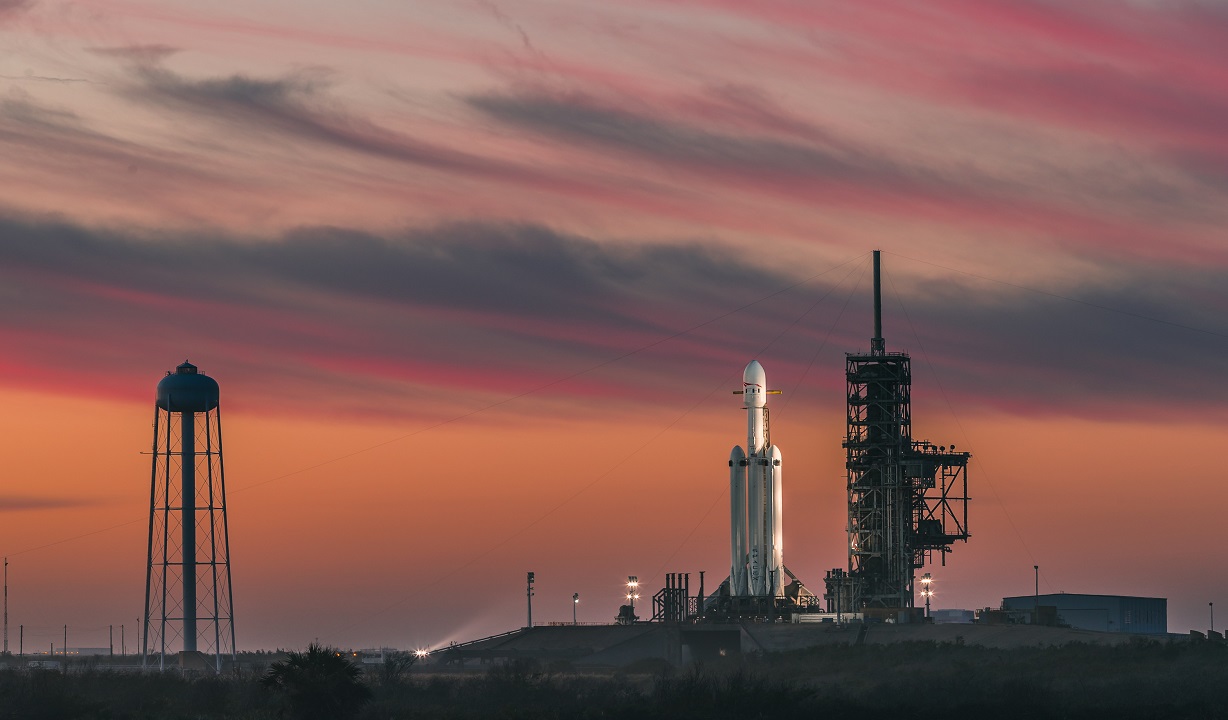Race to the Red Planet
Scientists and engineers dream of a manned mission to Mars — it’s a place where life is possible. The race is on to get there: nine months out and nine months back. This is the story of mankind’s preparation to colonise the red planet.
Episodes
Episode One: Engineering
Drawing on high quality animation, interviews with US, German and Russian engineers we describe the tools being built to get to Mars. NASA and the European Space Agency are collaborating on two future Mars missions (ExoMars), using an Atlas rocket to propel a lander to the red planet and then a rover, ultimately to remotely control a return mission bringing soil sample back to Earth, by 2026. The trajectory: getting to Mars is (at best) a 9 month trip there (500 days) and another 9 months back. Using the Hoffman Transfer Orbit, the spacecraft would transition from Earth’s orbit to a wider trajectory that would eventually take it into the Mars orbit. However the opportunities for this kind of launch only occur every 26 months.
Episode Two: Training
The human factor in the Mars project is the single most challenging aspect of the plan. NASA is planning to send robots first, to build the landing base for the humans to inhabit. There are three main issues with sending humans to Mars. One is the psychological impact of confinement for 18 months (minimum). The second is physiological — feeding the human body for a year and a half on only dried food. Long periods of weightlessness and exposure to solar radiation are also major concerns. The third is contamination: humans carry trillions of germs that might contaminate any samples brought back, and/ or contaminate the Martian biosphere (possibly destroying any life that may exist there).
Episode Three: The Red Planet
This episode looks at what we know about Mars, from the water (ice) concentrations, to the methane gas, to the ferrous earth — and goes into the reason why Man might be interested in the planet at all — as a possible colony supplying natural resources back to Earth. The producers use their exclusive access to tell a compelling story of human endeavour and advanced technology. Interviewees include scientists and engineers plus the astronauts training for the Mars Mission — a mission that will have physical demands far beyond their own careers as astronauts. Film and animations provided by the ESA offer a rich visual approach, while access to the actual engineering illustrates the actual nuts and bolts of the missions.
Episode One: Engineering
Drawing on high quality animation, interviews with US, German and Russian engineers we describe the tools being built to get to Mars. NASA and the European Space Agency are collaborating on two future Mars missions (ExoMars), using an Atlas rocket to propel a lander to the red planet and then a rover, ultimately to remotely control a return mission bringing soil sample back to Earth, by 2026. The trajectory: getting to Mars is (at best) a 9 month trip there (500 days) and another 9 months back. Using the Hoffman Transfer Orbit, the spacecraft would transition from Earth’s orbit to a wider trajectory that would eventually take it into the Mars orbit. However the opportunities for this kind of launch only occur every 26 months.
Episode Two: Training
The human factor in the Mars project is the single most challenging aspect of the plan. NASA is planning to send robots first, to build the landing base for the humans to inhabit. There are three main issues with sending humans to Mars. One is the psychological impact of confinement for 18 months (minimum). The second is physiological — feeding the human body for a year and a half on only dried food. Long periods of weightlessness and exposure to solar radiation are also major concerns. The third is contamination: humans carry trillions of germs that might contaminate any samples brought back, and/ or contaminate the Martian biosphere (possibly destroying any life that may exist there).
Episode Three: The Red Planet
This episode looks at what we know about Mars, from the water (ice) concentrations, to the methane gas, to the ferrous earth — and goes into the reason why Man might be interested in the planet at all — as a possible colony supplying natural resources back to Earth. The producers use their exclusive access to tell a compelling story of human endeavour and advanced technology. Interviewees include scientists and engineers plus the astronauts training for the Mars Mission — a mission that will have physical demands far beyond their own careers as astronauts. Film and animations provided by the ESA offer a rich visual approach, while access to the actual engineering illustrates the actual nuts and bolts of the missions.
